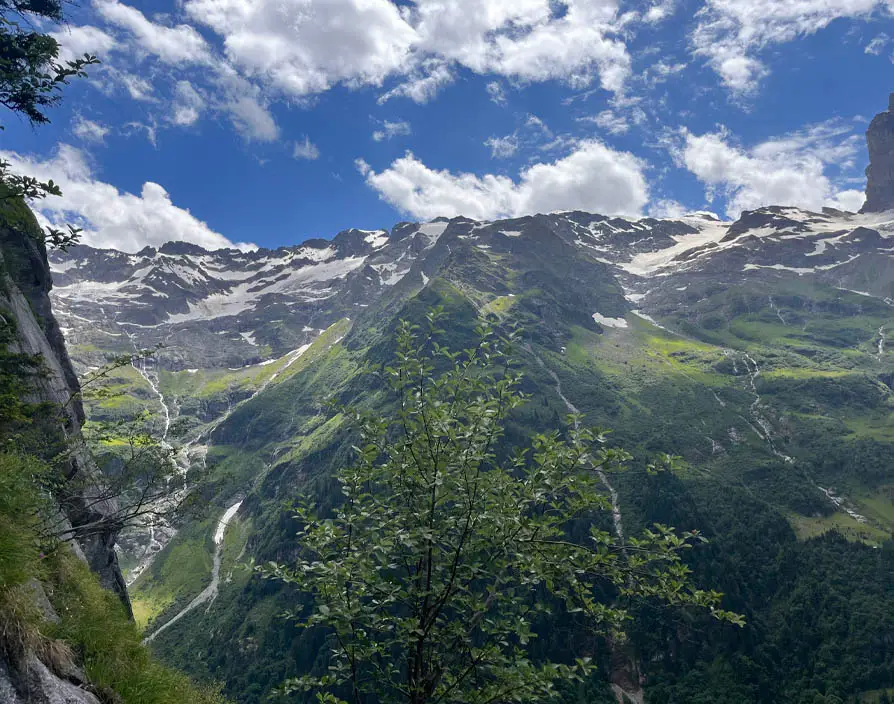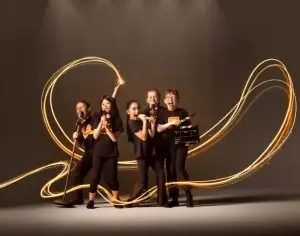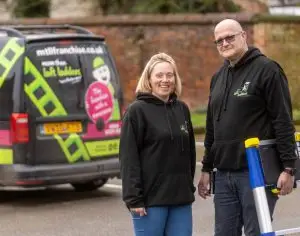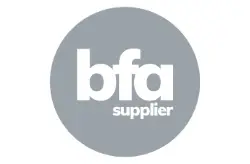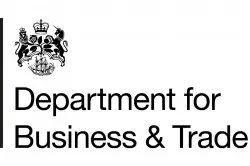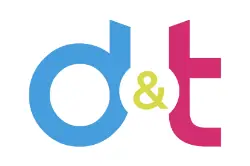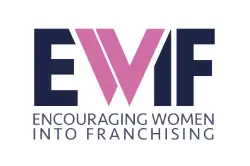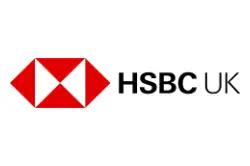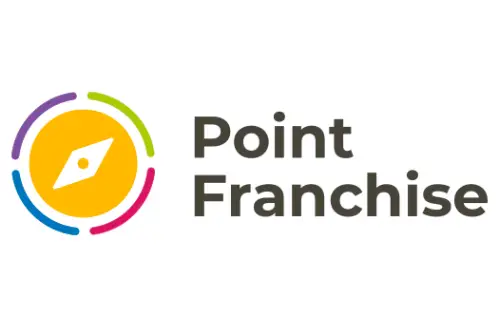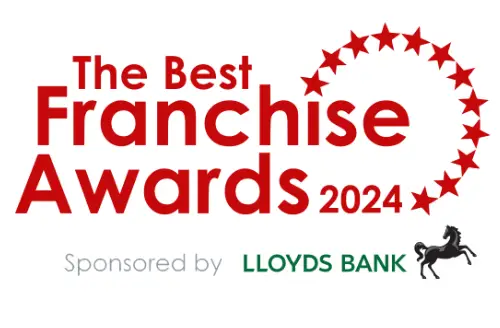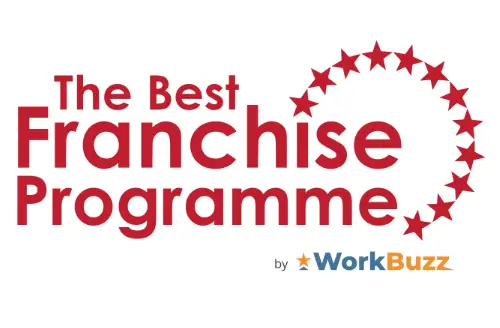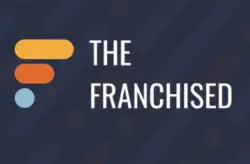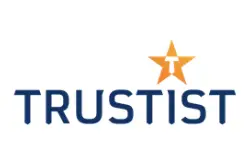Picture the scene: I’m holding on to the side of a vertical slab of rock, in the Swiss Alps, approximately 1,700 metres above the ground. I look up and see my business partner Martin, who is climbing a suspended wire ladder which appears to be so incredibly unsteady. It is gyrating from side to side as he climbs.
Above his head is just a halo of light, as the ladder seemingly reaches into the sky. We are about to climb, ‘The Stairway to Heaven’. Or, put another way, the final few yards before downing an ice-cold beer. Winding back to a few hours earlier, Martin and I thought it would be a great idea to immerse ourselves in the Swiss Alps, by tackling one of its Via Ferrata climbs.
Depending on your point of view, Via Ferrata is either rock climbing for wimps, or hiking for the medically unhinged. It involves climbing up a rock face in full climbing gear. But rather than hammering pins into the rock as you climb, a metal line already exists on the entire route. You simply clip yourself onto the metal line and off you go.
Most routes benefit from pins, ladders, zip wires and other aids. The theory is any fit person can complete this route with minimal skills. The best bit, if you choose wisely, is visiting the hut at the top which serves beer. There is also a cable car which will save you having to undertake a three-hour walk back down. At just gone midday, we started our climb up the Alps.
This was the fourth Via Ferrata I had done. Having overcome my fear of exposed heights, for the first two hours of this climb, I was struggling to see what all the fuss was about. There I was dressed like a fluorescent clown, leaping here, climbing there, bounding up this alp like a rat up a drainpipe. That was, until I got to the ladder.
I should have known I was about to experience a dose of humble pie. I thought to myself: ‘I can’t believe they rated this as ‘very difficult’.’ I remember what Martin had said to me: “Come on, just this ladder and then you can have a beer.”
As I started the final climb to the top, two things became apparent. Firstly, the ladder was moving quite a lot in the wind; And, secondly, it was a few degrees beyond vertical – in other words it was leaning towards me.
To add an extra dollop of excitement, every three metres you had to get your safety line over a fixing. This involved taking one hand off the ladder, reaching beneath you, unclipping a safety line, reattaching it, and then repeating it with the back-up line. This experience became even more alarming the further I moved away from the firm connection with the rock.
As I neared the centre point of the 50m ladder, the gyrating became more extreme as the ladder pitched wildly in all directions and was shaking violently. It was around this point that the previously idyllic alpine symphony of cow bells was shattered by the sound of me letting Martin know precisely how I felt about him.
I can’t remember the precise words I used but it certainly wasn’t: “Thank you for bringing me up here” or even “You’re such a great friend” or “The beers are on me.” None of these three comments passed my lips at this terrifying and challenging moment.
On the flight back home, I reflected on my experience. In many ways, a Via Ferrata climb is similar to franchising. In the UK, over 500,000 businesses are launched every year. But 60% of these will go bust during the first three years. Dive a little deeper and examine research conducted by CBInsights. This survey analysed 111 businesses that have failed since 2018.
Directors taking part in the survey could choose any of 12 reasons for the failure. Top of the list was predictably, ‘ran out of cash.’ This related to 38% of these businesses. However, what came next might surprise you: 35% (no market need); 19% (flawed business model); 15% (pricing issues); 10% (product mistimed) and 8% (poor product).
So what are the similarities between franchising and a Via Ferrata climb? Well, franchising follows a proven method of working; there is a pre-defined route ready and waiting; along with a safety line in the shape of a franchisor and the network. Therefore, new franchisees have a far higher chance of succeeding than businesses that go it alone. Yet no one really talks about it. But why?
I believe part of the problem is the way we frame this message. It often conjures up the wrong image. Despite a small minority of bad franchises, this industry is largely full of brilliant brands, doing great work and generating shared wealth.
During my three years successfully completing a business degree at Lancaster University, franchising was hardly mentioned. It wasn’t until I purchased a franchise network (Swimtime) in 2016 that I suddenly started to learn about franchising. Perhaps, we should all have a little more pride in this industry and make a point of telling people, more often, about the benefits of this model.
So there you go: Franchising is like climbing a Via Ferrata. The eagle-eyed among you will be questioning the role of an unstable wire ladder and beer in this tale. Part of me wants to do a Boris Johnson impression of finding some scarcely believable link, such as the dramatic tension between franchisor and franchisee. Or perhaps the volatile reality of being in business, with its severe and contrasting ups and downs?
Unfortunately, I have to hold my hands up and admit there is no such connection. That said, the beer still tasted beautiful.
